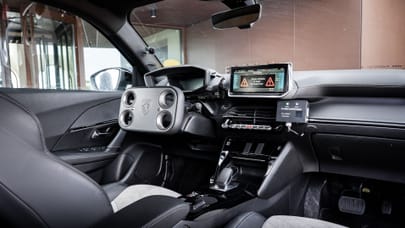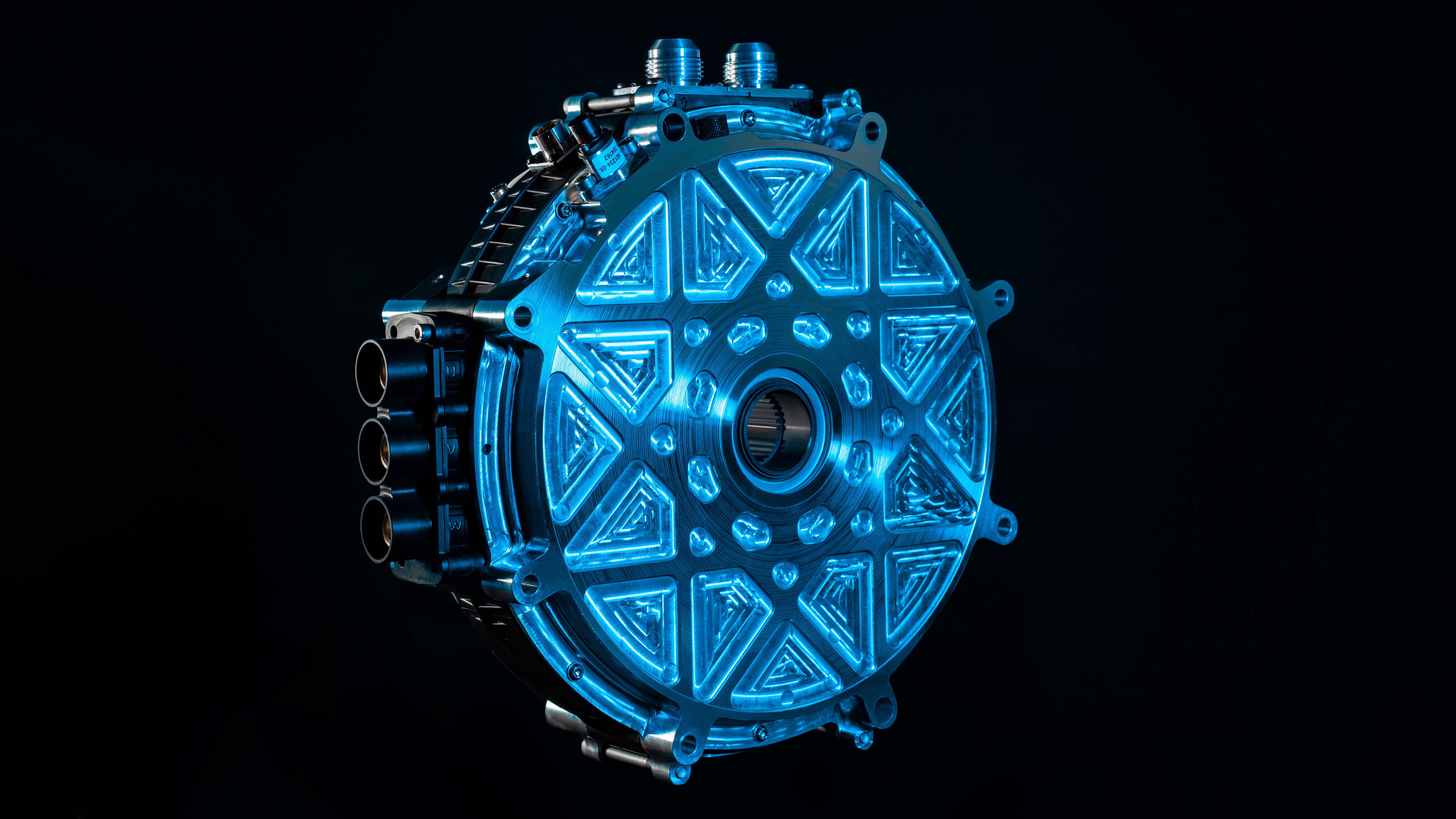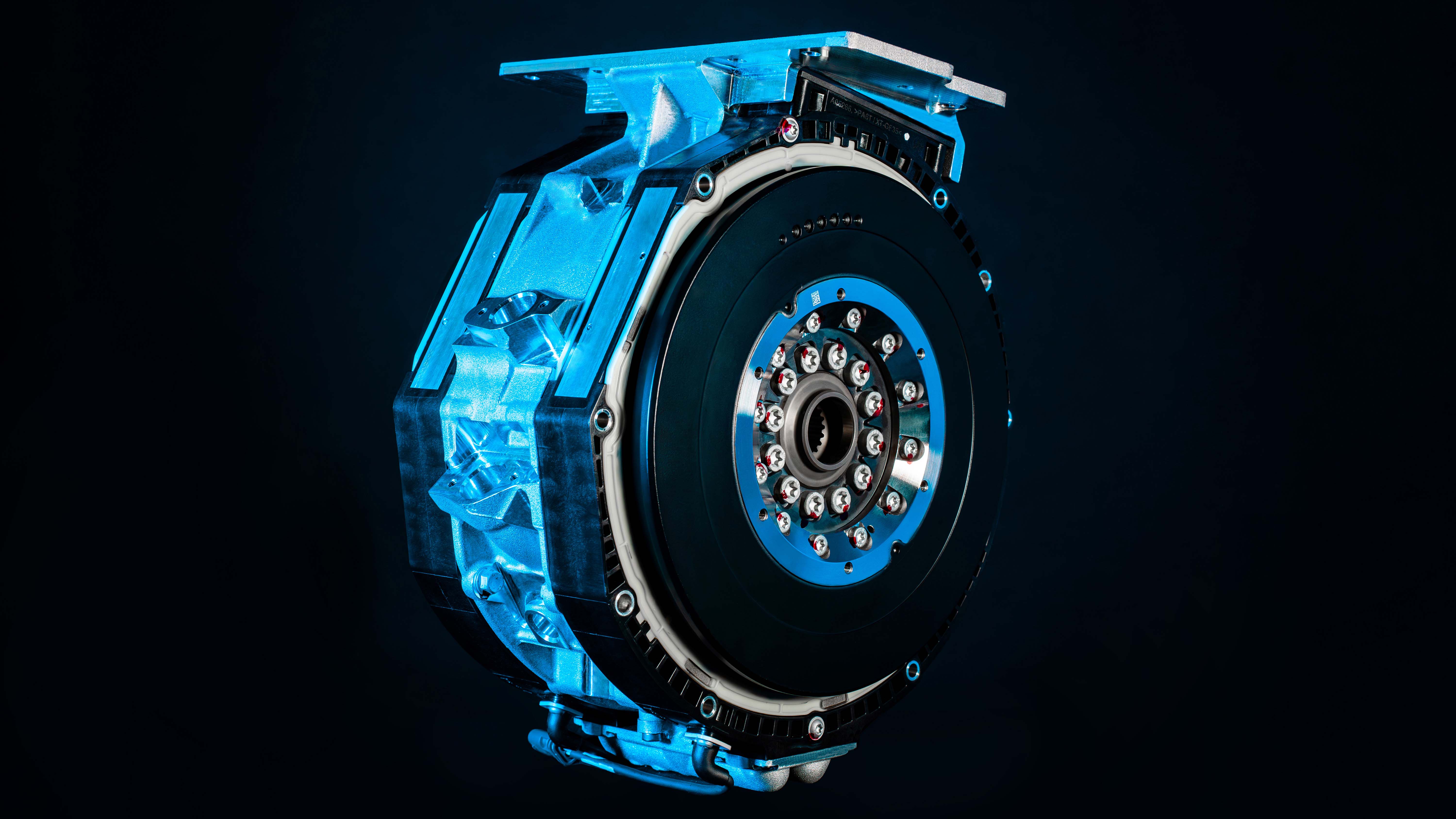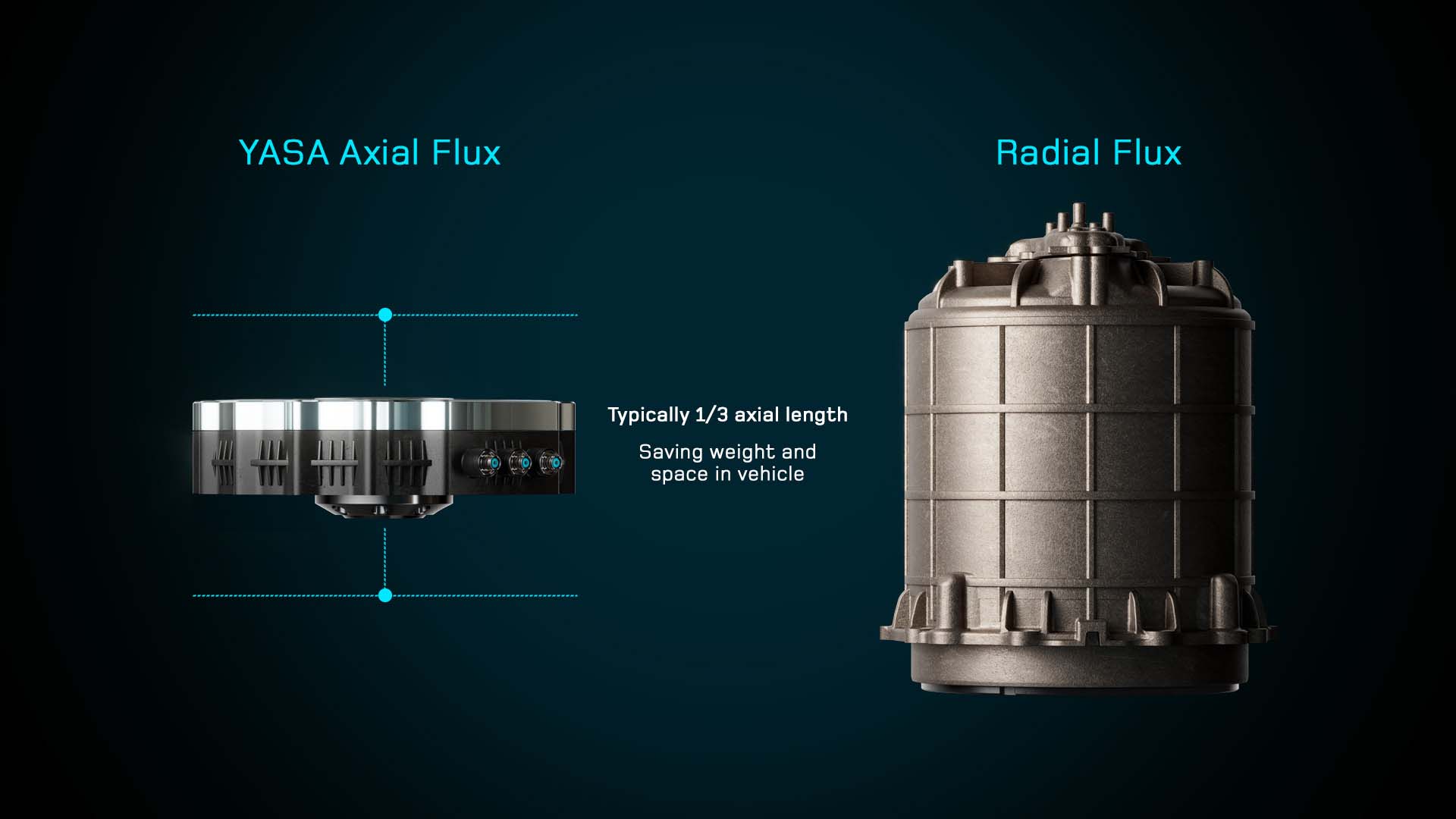
This British company’s about to give lighter, more powerful e-motor tech a huge boost
YASA - used by Ferrari, AMG and Lambo - is looking to upscale. Could this be the start of something big for hybrids and EVs?
It’s taken a while to properly industrialise axial-flux motors in the automotive space, mostly because of the complexities and costs involved. But over the last few years, supercars like the McLaren Artura, Ferrari 296 and Lamborghini Temerario have all adopted the technology from one supplier: YASA, which is now a subsidiary of Mercedes-Benz.
The British firm is now aiming to produce around 25,000 axial-flux motors next year, up from just 1,000 units five years ago, operating out of its shiny new 60,000-square-foot super factory in Yanton, near Oxford. The product itself is clever, the work of Oxford University grad Tim Woolmer, who started the idea for YASA - ‘Yokeless and Segmented Armature’ - almost 15 years ago as a mid-semester project.
Axial-flux motors use the same basic permanent magnet layout as radial-flux to create magnetic fields between the rotor and stator, but where YASA’s product is different is that it uses a rotor on either side of the stator. It means the magnetic lines which flow through the stator - known as the ‘flux’ - only head in one direction, negating the need for a stator yoke. Edge-wound coils are then placed inside, and cooling fluid fills the surrounding areas.
The result of this packaging is clear: the YASA motor is 25kg lighter, 45 per cent smaller and up to four times more power-dense than most radial-flux motors. The other advantage is that it allows manufacturers greater flexibility with design. Axial motors can be placed between the transmission and engine, or wedged between a small crevice on the rear axle.
Take the SF90; when Ferrari’s lab coats crowded round a desk and decided it’d be a hybrid, they wanted to make sure they found a motor that wouldn’t lift the crank height. “Ferrari had a strict axial length, and meant the e-motor had to fit within a certain - and very small - diameter,” Woolmer told Top Gear.
“The LaFerrari’s battery and motors weigh almost 150kg, and most of this weight is sprung on the back of the vehicle. Ferrari hated this because it’s the absolute worst place to add mass to a high-performance car. So it wanted to do things differently with the SF90, the 296 and whatever else follows.”
Woolmer also reckons his invention will allow for greater mechanical differentiation between hybrid and electric performance cars, since the motor positioning isn’t as concrete as it is with radial solutions. “For instance, the Temerario’s motors are permanently attached to the engine, so it can’t be clutched out, whereas the 296's is sandwiched independently just behind the engine, so there’s space for a proper clutch in there.
"Lamborghini’s set-up has the advantages of torque vectoring, while Ferrari’s has the familiarity of rear-drive only. There’s pros and cons to both layouts, but the core DNA is similar. They’ve just been packaged differently to suit the respective manufacturer’s needs and targets.”
In terms of future development, he added: “Our biggest defence - and I think all companies are the same to an extent - is speed and innovation. Every year, for the last 15 years, we’ve improved our product by 25 per cent. We’ve also developed new manufacturing techniques, so as long as we maintain our core DNA, we’ll be fine.
“But the risk is that, if you get some sort of huge monopoly and start relaxing, before you know it, you’ll be disrupted. I don’t want us to become complacent, so we have to keep disrupting our own technology. I hope that in 10 years we look back at what we’re currently doing and say, ‘Oh, that was a load of rubbish.’”
Top Gear
Newsletter
Thank you for subscribing to our newsletter. Look out for your regular round-up of news, reviews and offers in your inbox.
Get all the latest news, reviews and exclusives, direct to your inbox.










